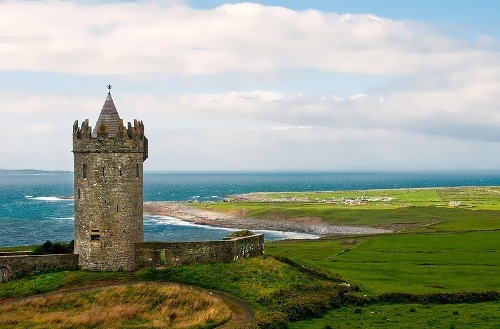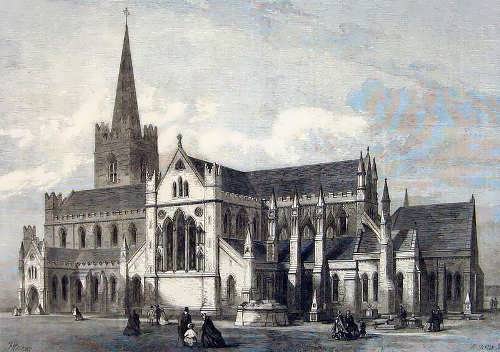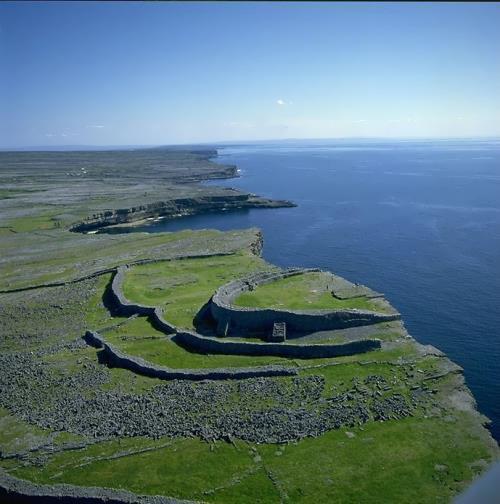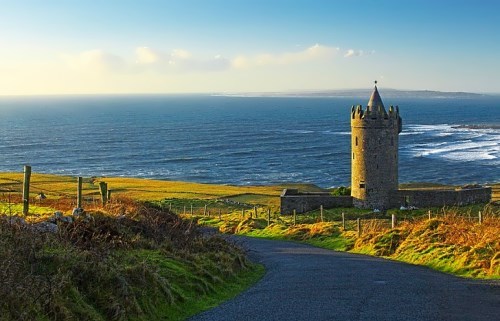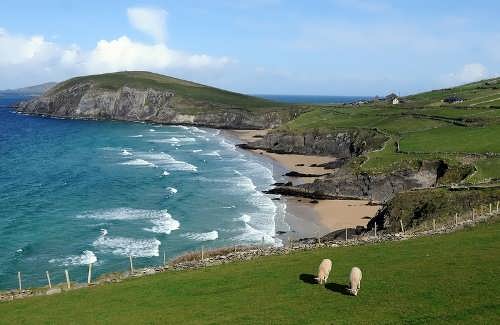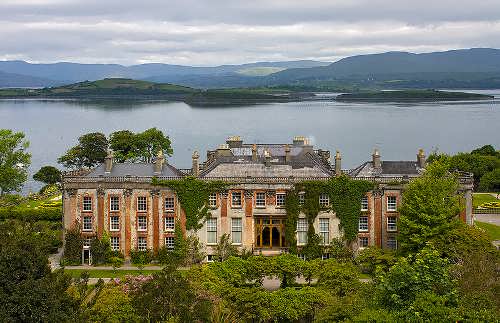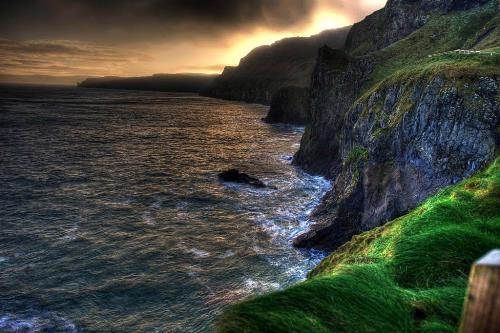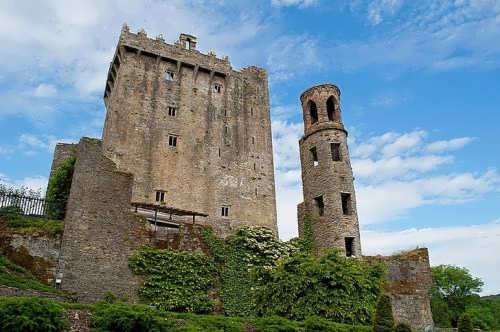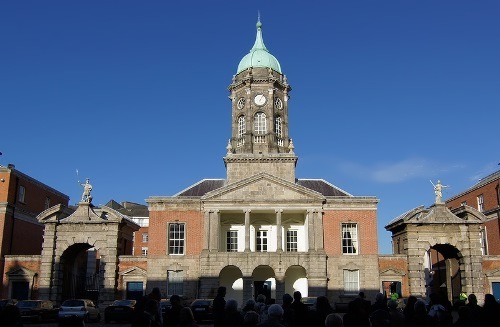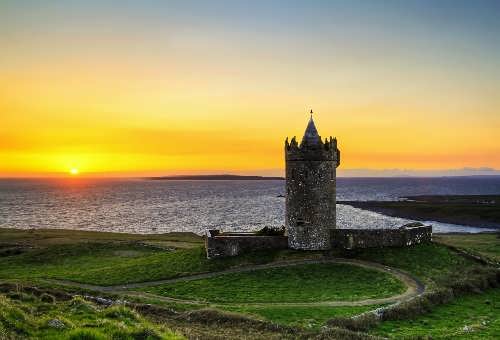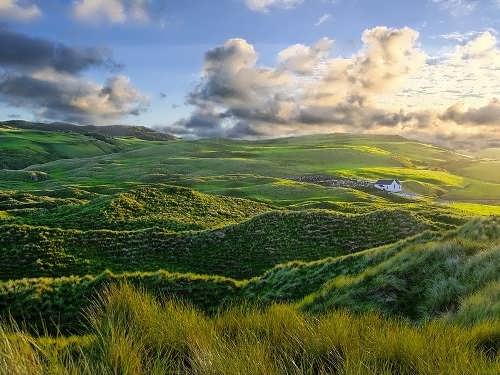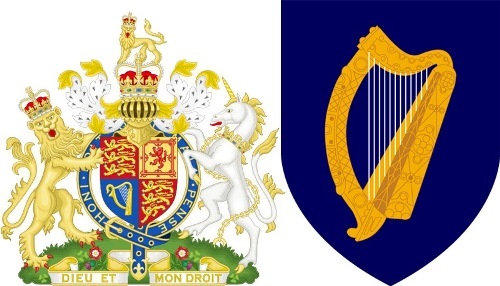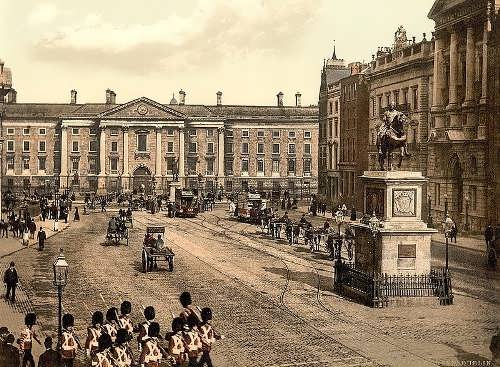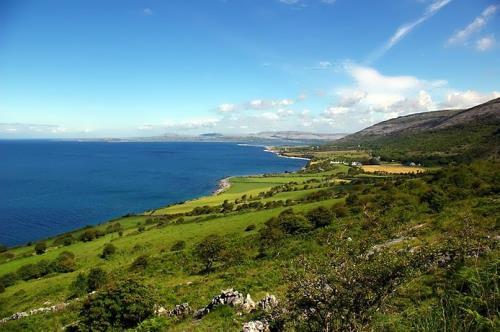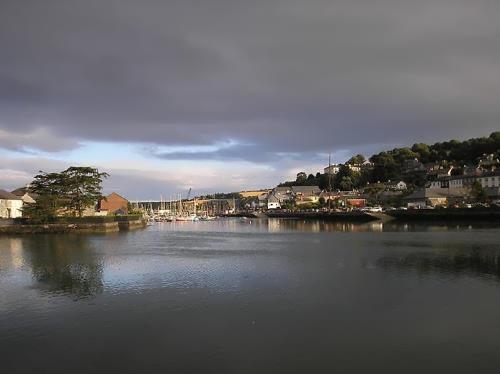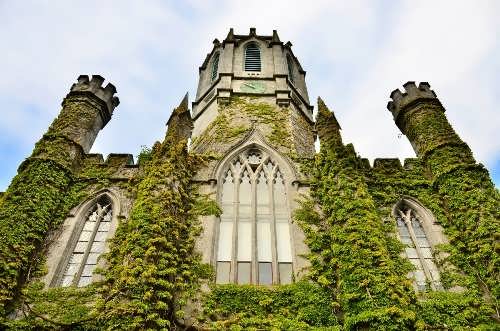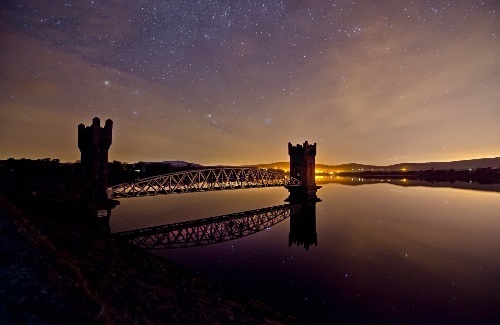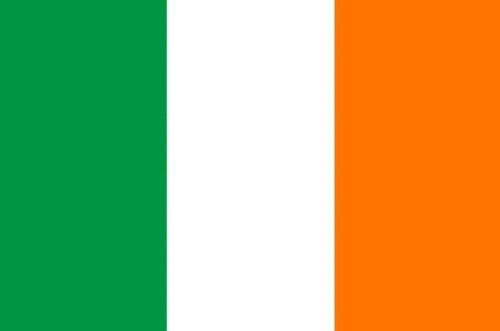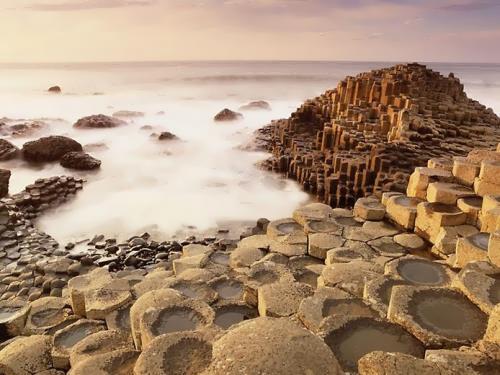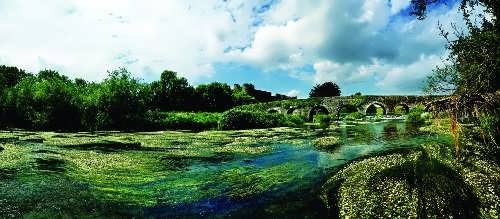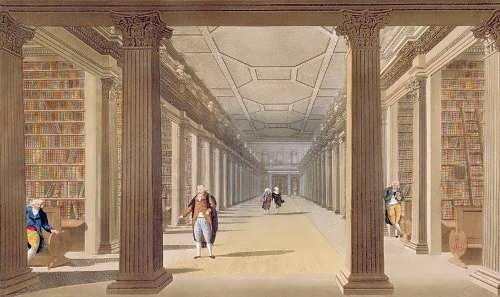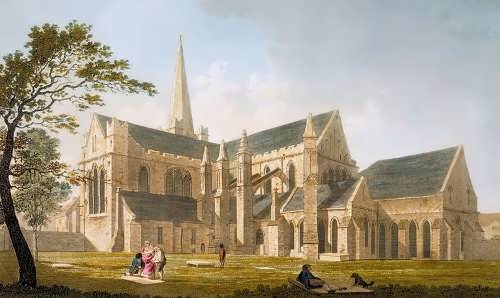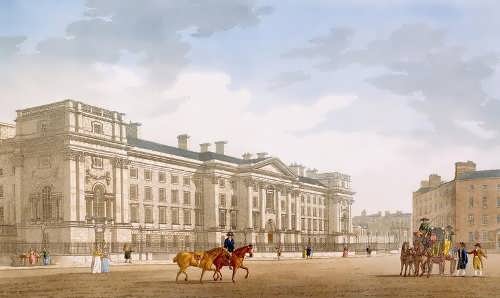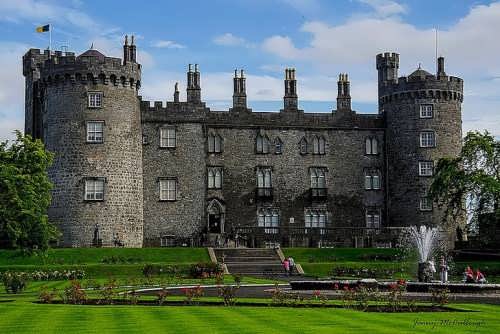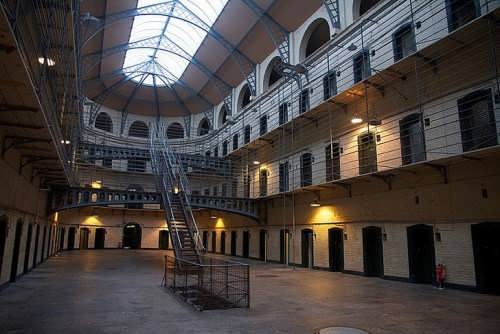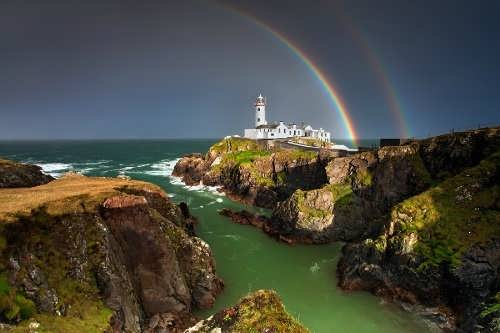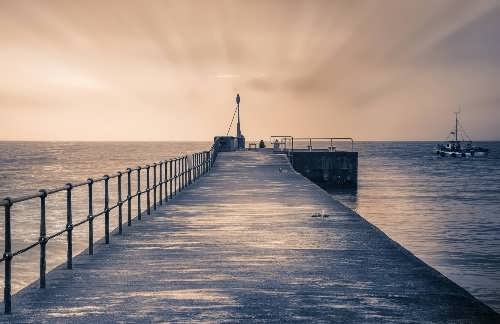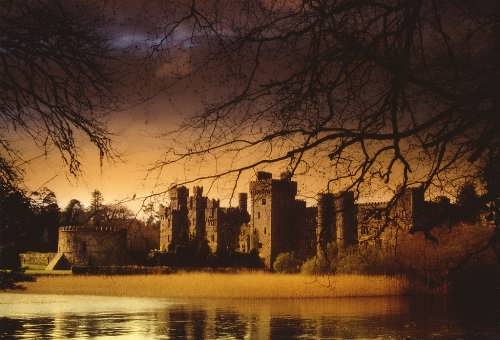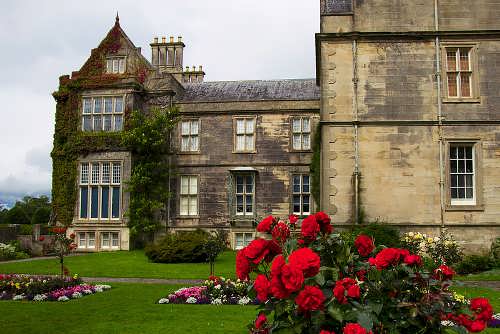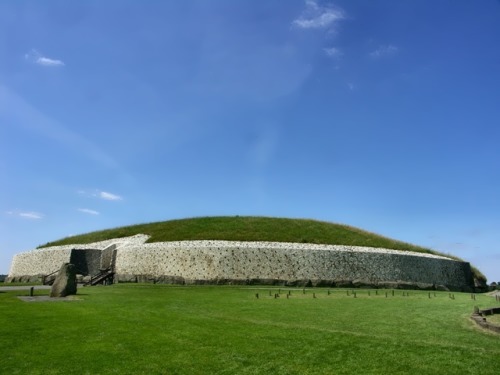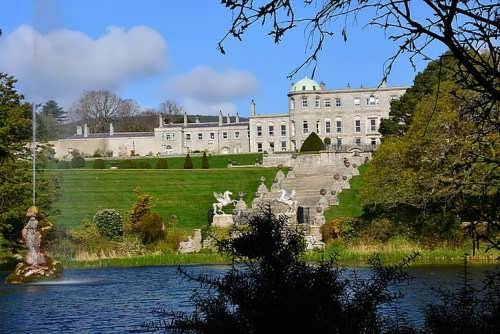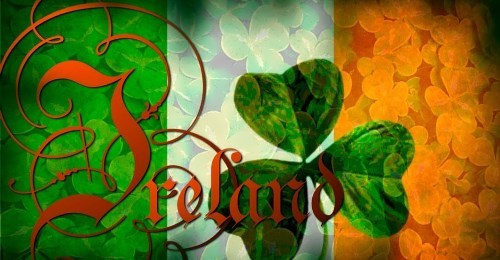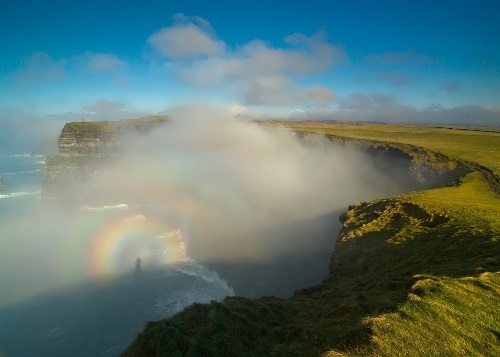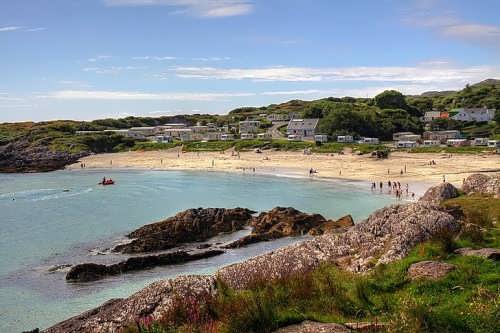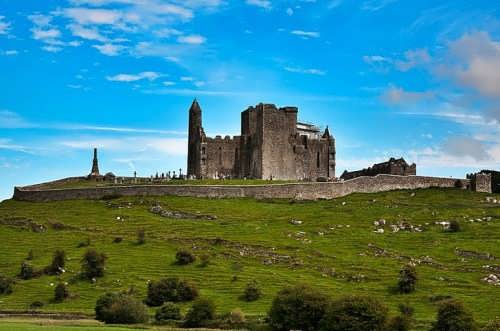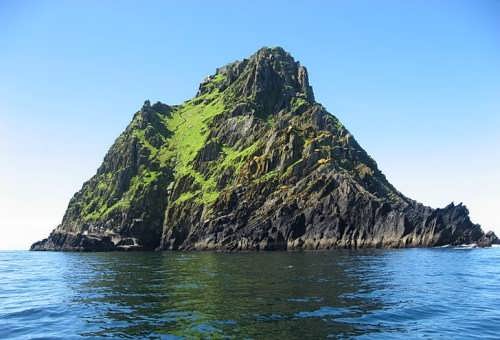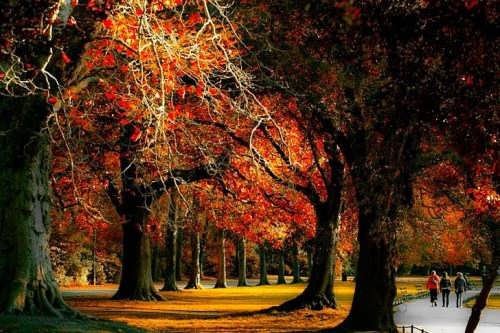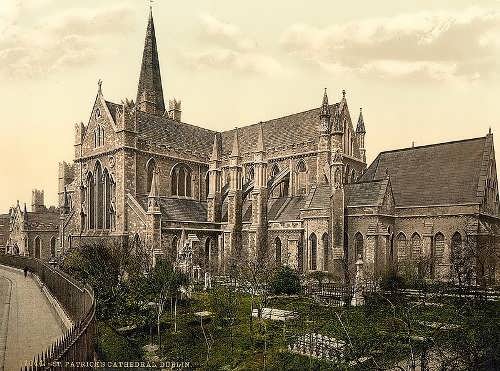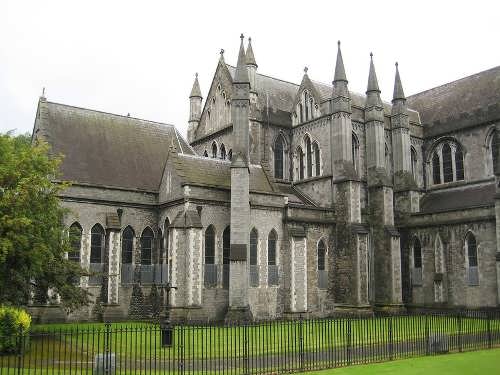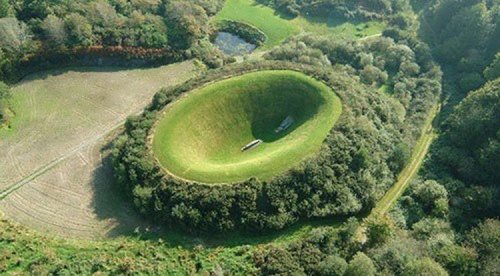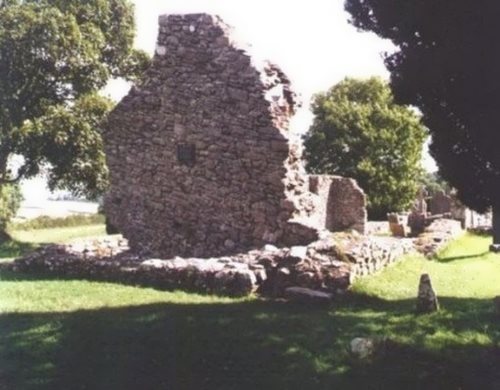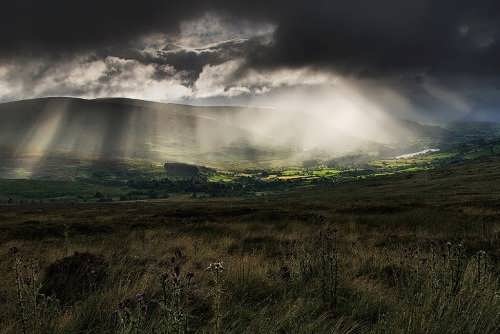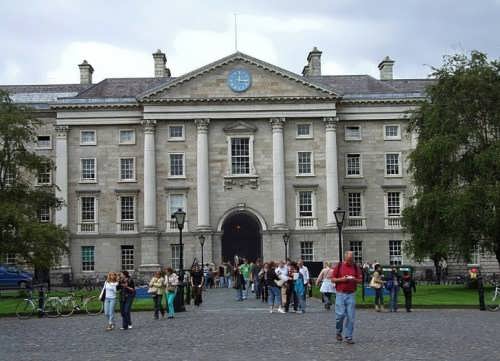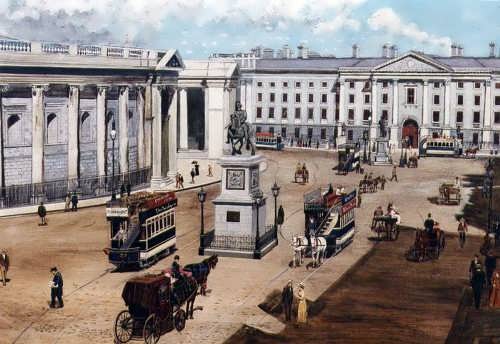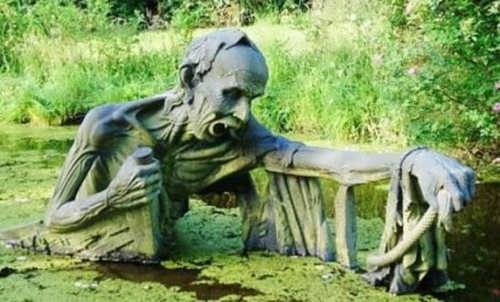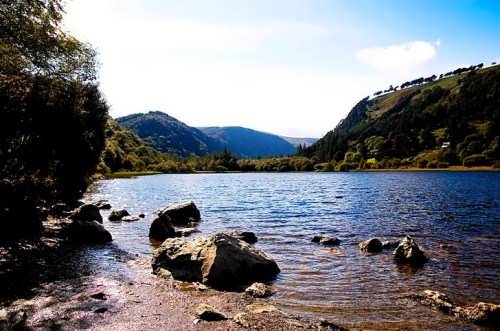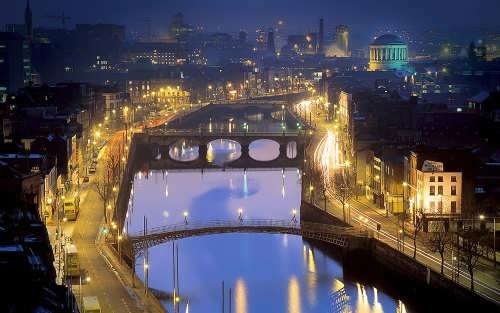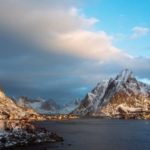Ireland – The Emerald Isle
Ireland occupies five-sixths of the island of Ireland in the eastern part of the North Atlantic. Its area is 70,280 square kilometers. It lies at the westernmost edge of Europe, to the west of Great Britain. The smaller northern part of the island is called Northern Ireland and is part of the United Kingdom.
Ireland is bounded on the east by the Irish Sea, on the southeast by St. George’s Channel, on the south by the Celtic Sea, and on the north and west by the Atlantic Ocean.
The land is covered with grasslands and green mosses. Some people call Ireland the Emerald Isle because it is so beautifully green.
There are a large number of caves throughout the country. Major cave sites are found in the counties of Cork and Tipperary in the south, Clare and Kerry in the west, and Sligo and Cavan in the north. The Poll Elva cave is the longest in Ireland.
Ireland’s grasslands are among its most important natural resources. Peat (traditional fuel of Ireland) from the country’s bogs is widely used for fuel. Mineral resources include lead, zinc, coal, gypsum, and limestone. It is famous for its fine glass and crystal, clothing, and beer, among other products. Tourism is one of the country’s largest service industries.
Mount Carrantuohil is the highest point (1,041 m).
Shannon is the longest river (386 km).
Lough Corrib is the largest lake (170 sq km).
Most people in Ireland are ethnic Irish, whose main ancestors were the ancient Celts.
In about 6000 BC the first people came to the island from the European mainland. In about 300 BC invaders from Europe known as Celts overran Ireland and set up a number of kingdoms on the island. In the AD 400s Saint Patrick helped to spread Christianity among the population of Ireland. In the late 700s Vikings invaded the country and the Irish finally defeated them only in 1014.
In 1170–71 English armies conquered large parts of Ireland. Only in the 20th century it gained its independence. In 1937 the Irish Free State took the name Éire, or Ireland. And in the 1990s the independent republic of Ireland became a successful member of the European Union.
Dublin is the capital city of the Republic of Ireland. The city’s name means “black pool” in Irish. The River Liffey, which flows through the city, creates dark bog waters nearby. Dublin Castle, which was the headquarters of the English governor when Ireland was a part of the United Kingdom, is near the River Liffey.
One of the symbols of Ireland is the harp. It is the only country in the world where the musical instrument represents the state.
Ireland – The Emerald Isle
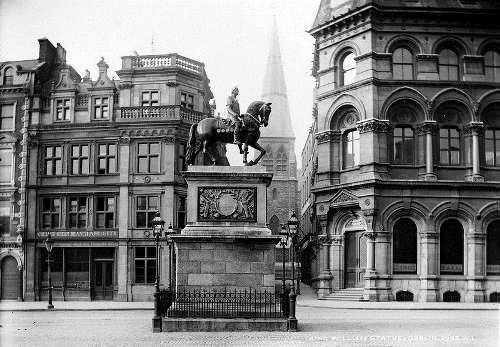
College Green, Dublin.Statue of William III aka William of Orange on College Green.Dame Street in Dublin.May 1890
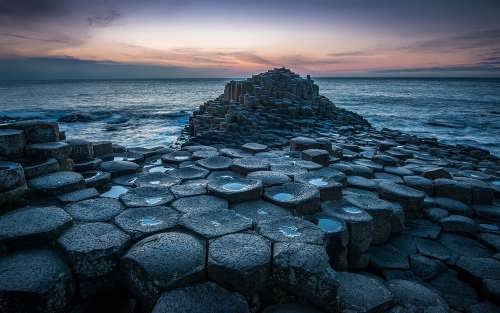
Giant’s Causeway – a unique coastal area with 40,000 interconnected basalt columns, formed as a result of an ancient volcanic eruption
